Stepping into the restaurant industry leads you down a path of creative and strategic planning. Envisioning the perfect dining atmosphere for guests involves numerous aspects, all of which play a crucial role in the ultimate success of your establishment.
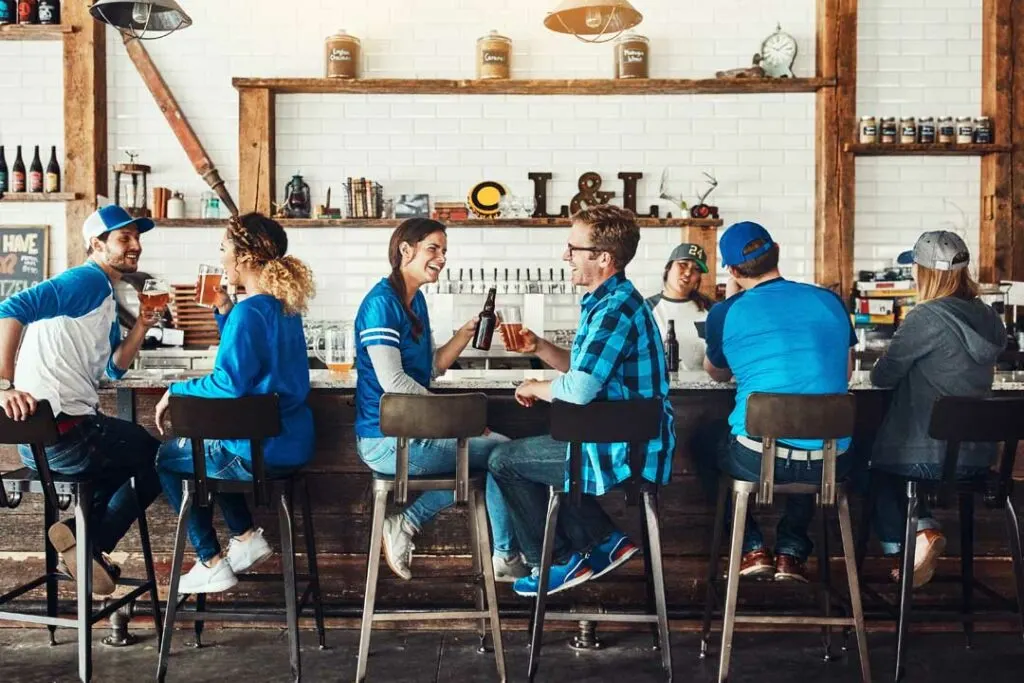
From harmonizing the kitchen’s efficiency with the dining area’s ambiance to ensuring a memorable customer experience, every detail matters. Keep reading to discover the vital resources and tips that will help you create an inviting and functional restaurant space that resonates with your culinary vision and business objectives.
Essential Elements To Consider When Designing Your Restaurant Space
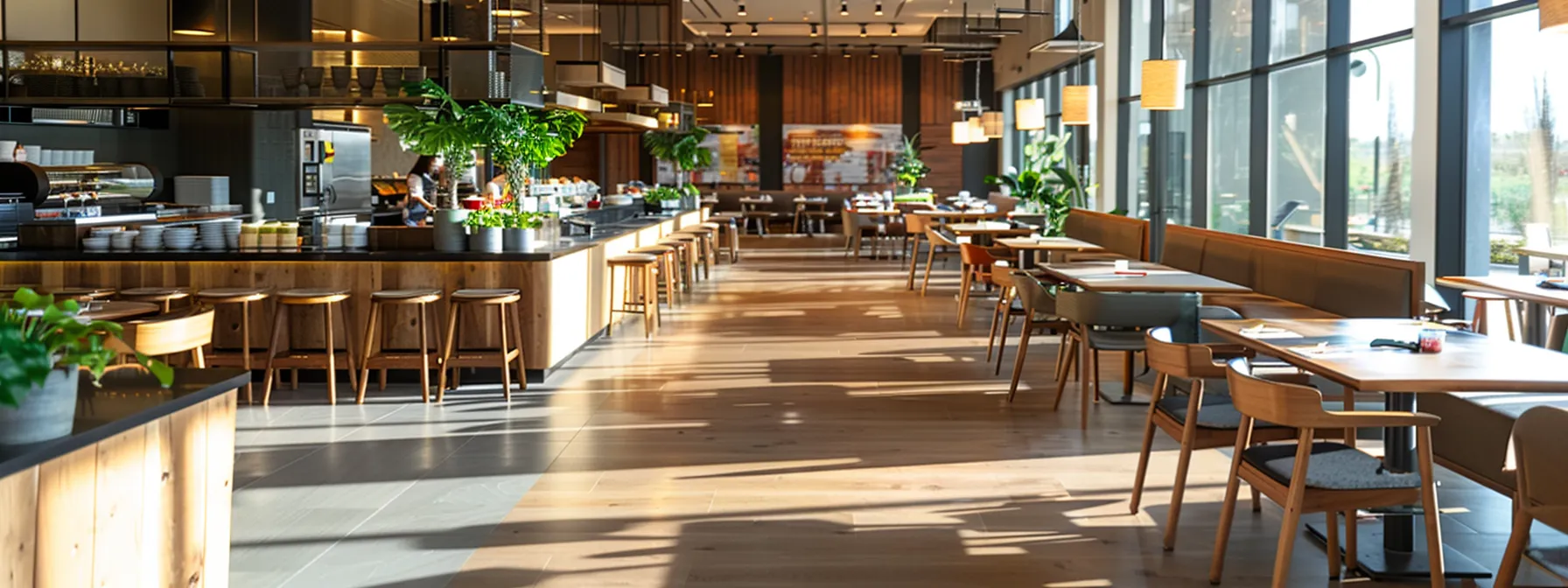
Designing your restaurant space starts with a blueprint of both aesthetics and functionality. The layout should be thoughtfully organized to promote workflow and enhance the dining experience. Pay attention to kitchen dimensions, ensuring ample space for prep, cooking, and cleaning stations to coexist without hindrance. Consider the flow of service from the kitchen to the tables, as well as the comfort and privacy of guests.
Ambiance plays a significant role in your restaurant’s character. Choosing the right color scheme, lighting, and acoustics can evoke the desired mood and complement the culinary theme. An often overlooked yet vital aspect is the choice of materials and finishes, which not only add to the visual appeal but also affect durability and maintenance needs.
To maintain peak freshness and uphold health standards, sandwich and salad prep table maintenance is essential. Efficient equipment placement aids in preventing cross-contamination and fosters a safer environment for both staff and patrons. Always allocate space for essential pieces while allowing for flexibility in layout to accommodate future needs or changes.
Sourcing Quality Equipment and Furniture for Your Restaurant
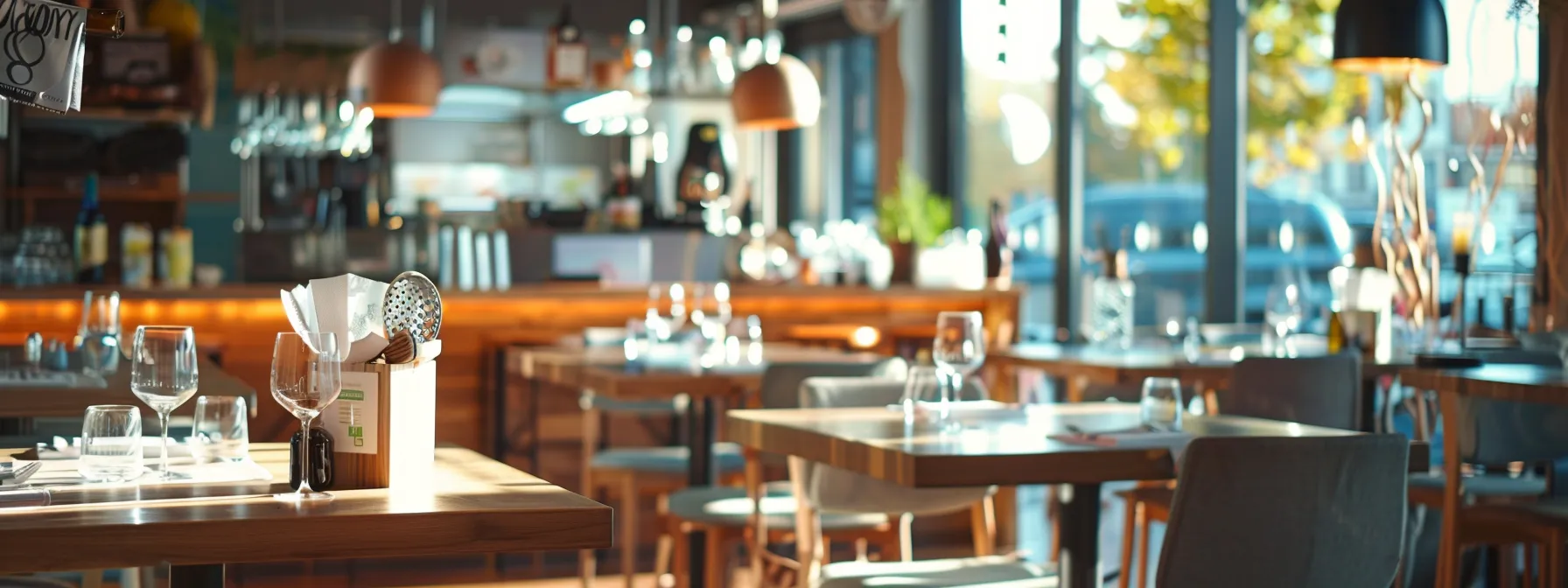
Quality equipment is the backbone of any restaurant’s operations. Invest in commercial-grade kitchen appliances that can withstand heavy use and streamline food preparation tasks. While tempting, cutting corners on quality can lead to increased maintenance costs and downtime that your business can scarcely afford.
Ventilation and heating are crucial for customer comfort and kitchen functionality. Having a reliable system like those maintained by Lovingood Heating Company in Anderson, SC, ensures an appropriate dining environment throughout the seasons. Remember that maintaining the right temperature and air quality is vital for both customer satisfaction and food safety regulations.
Navigating Health Codes and Building Regulations for Restaurants
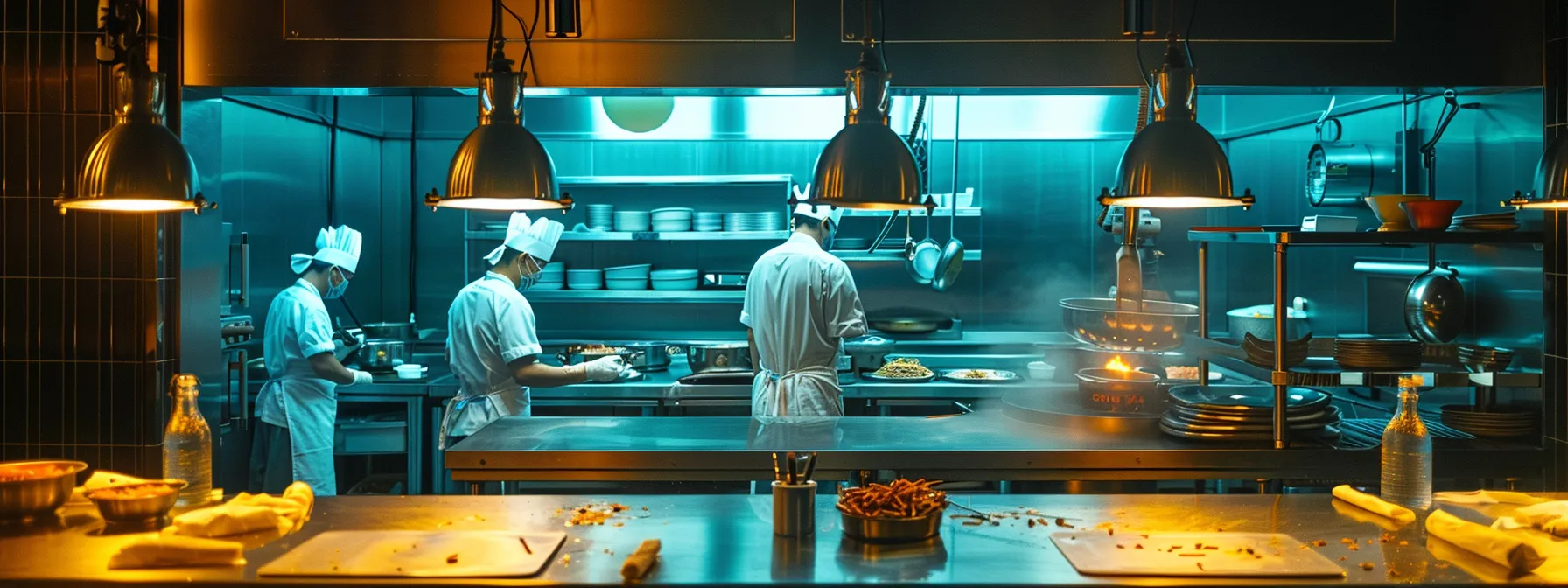
Abiding by health codes and building regulations is non-negotiable in the restaurant business. Start by familiarizing yourself with local health department guidelines and state regulations. These rules govern various aspects of food service operations, from food handling and storage to employee hygiene and facility sanitation.
Building codes, too, affect the construction or renovation of your restaurant space. These standards ensure safety, particularly in areas such as fire safety, electrical work, and plumbing systems. Ignorance is not bliss in this scenario; understanding and compliance are the bedrock of your restaurant’s foundation.
Accessibility regulations, under the ADA, must be observed in your building’s design. These standards include but are not limited to, proper doorway widths, ramp installations, counter height requirements, and bathroom facilities. Consulting with an architect or contractor who is knowledgeable in ADA compliance will help to avoid potential pitfalls.
Innovative Restaurant Layout and Interior Design Ideas
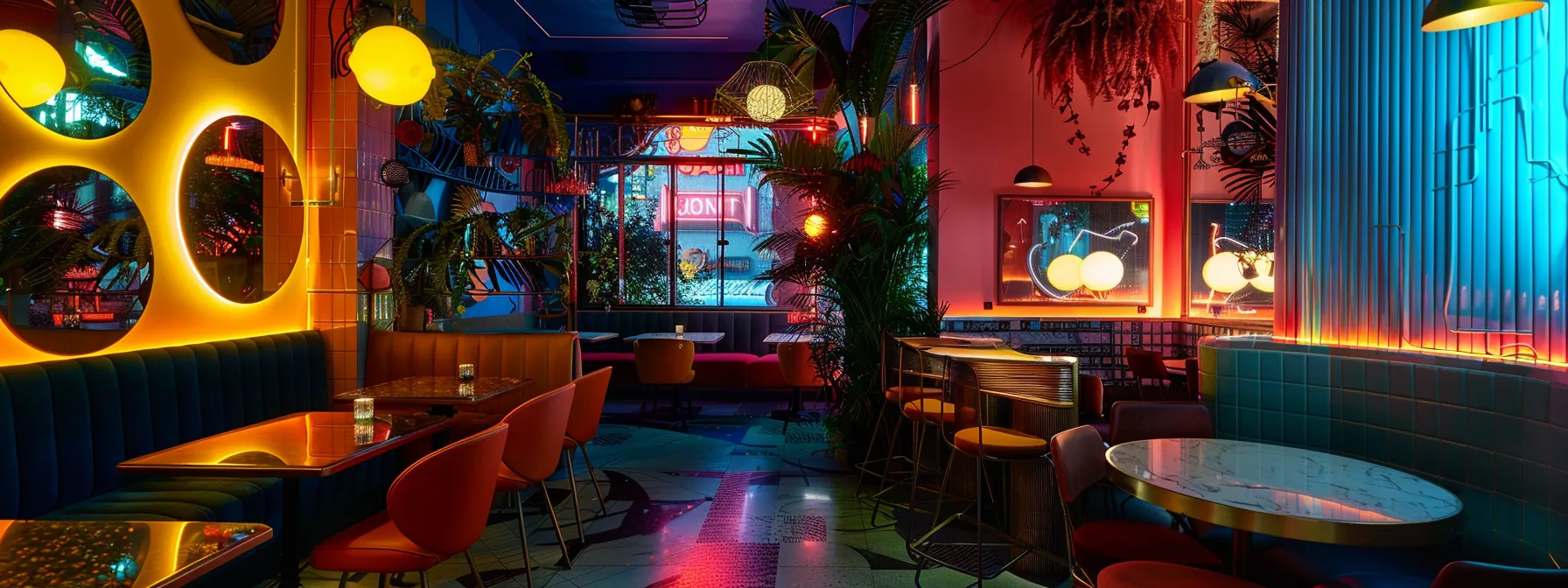
An intuitive layout paired with compelling interior design can set your restaurant apart. Embrace concepts that align with your brand identity, whether that’s a rustic charm, sleek modernism, or eclectic vibrancy. Keep the space adaptable for different functions, such as private events or varying table arrangements to maximize your offerings.
Exploring innovative materials and technology can enhance efficiency and create distinctive visuals. For example, smart lighting systems can adjust the brightness and color temperature to transition the mood from lunch to evening dining. Sustainable materials not only contribute to the aesthetic but also resonate with environmentally conscious customers.
Create zones within your restaurant to cater to varying customer preferences. A cozy reading nook or vibrant bar area can cater to different patron experiences without disrupting the overall flow. Well-thought-out spaces encourage patrons to linger longer and immerse themselves in what your restaurant has to offer.
Altogether, establishing a successful restaurant space is an intricate dance of strategic planning, compliance, and design innovation. Overall, by carefully piecing together the physical elements that make up your restaurant’s environment, you pave the way for an outstanding customer experience and a thriving business.

Jessi is the creative mind behind The Coffee Mom, a popular blog that combines parenting advice, travel tips, and a love for all things Disney. As a trusted Disney influencer and passionate storyteller, Jessi’s authentic insights and relatable content resonate with readers worldwide.
